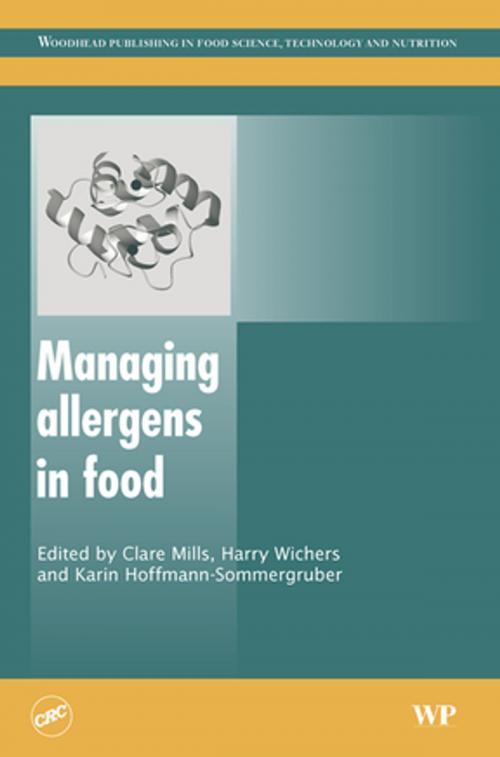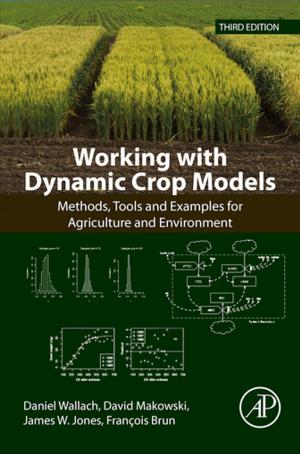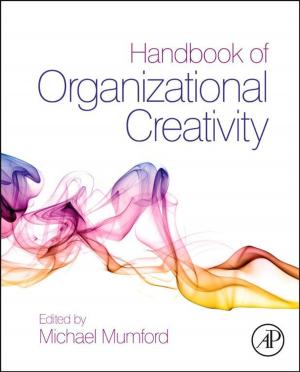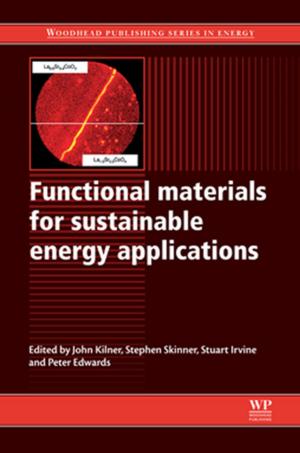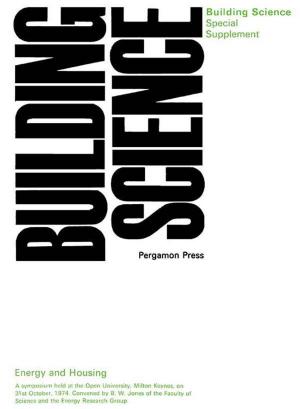| Author: | ISBN: | 9781845692278 | |
| Publisher: | Elsevier Science | Publication: | November 30, 2006 |
| Imprint: | Woodhead Publishing | Language: | English |
| Author: | |
| ISBN: | 9781845692278 |
| Publisher: | Elsevier Science |
| Publication: | November 30, 2006 |
| Imprint: | Woodhead Publishing |
| Language: | English |
Controlling allergens in food is a matter of increasing importance for the food industry, especially in light of recent legislation. Effective handling of allergens depends on identifying allergenic ingredients, creating separate production lines for allergen-free products, and effective labelling to inform consumers about which products are safe to eat. Recent attention has also focused on novel methods to manage allergens in food, for example by reducing allergenicity through the prudent selection of raw food materials and improved processing techniques. This important collection provides a clear introduction to food allergens and allergy and offers a comprehensive review of current research contributing to safer food production with regard to allergens.
Part one discusses the diagnosis of offending foods and how allergens can affect the quality of life. Expanding on these fundamentals, part two reviews the effect of different methods of food processing on allergens and novel technologies which can reduce the potency of allergens or remove them altogether from foods. The final part of the book covers the key area of risk assessment and allergen management to achieve more uniform standards within the industry. Practical strategies to improve consumer acceptance of GM foods are also discussed.
With its distinguished editors and array of international contributors, Managing allergens in food is an essential reference for producers, manufacturers, retailers and all those wishing to improve safety in the food industry.
- Presents a cohesive summary of recent research into safer food production
- Discusses the effects of food processing on allergens
- An international team of editors
Controlling allergens in food is a matter of increasing importance for the food industry, especially in light of recent legislation. Effective handling of allergens depends on identifying allergenic ingredients, creating separate production lines for allergen-free products, and effective labelling to inform consumers about which products are safe to eat. Recent attention has also focused on novel methods to manage allergens in food, for example by reducing allergenicity through the prudent selection of raw food materials and improved processing techniques. This important collection provides a clear introduction to food allergens and allergy and offers a comprehensive review of current research contributing to safer food production with regard to allergens.
Part one discusses the diagnosis of offending foods and how allergens can affect the quality of life. Expanding on these fundamentals, part two reviews the effect of different methods of food processing on allergens and novel technologies which can reduce the potency of allergens or remove them altogether from foods. The final part of the book covers the key area of risk assessment and allergen management to achieve more uniform standards within the industry. Practical strategies to improve consumer acceptance of GM foods are also discussed.
With its distinguished editors and array of international contributors, Managing allergens in food is an essential reference for producers, manufacturers, retailers and all those wishing to improve safety in the food industry.
- Presents a cohesive summary of recent research into safer food production
- Discusses the effects of food processing on allergens
- An international team of editors
